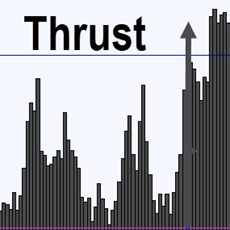This content is for subscribers. (Login or Subscribe)
Broad Breadth Model – Methodology, Indicators, Signals & Performance
The broad market environment is vitally important to strategies that trade stocks or equity ETFs. Bull and bear markets, however, are not just defined by the trend for the major indexes, such as the S&P 500. Instead, we must look within the indexes and use breadth indicators to quantify the environment for the majority stocks. We are trading individual stocks and equity ETFs, not the indexes. Analyze accordingly.
Broad Breadth Model – Methodology, Indicators, Signals & Performance Read More »





